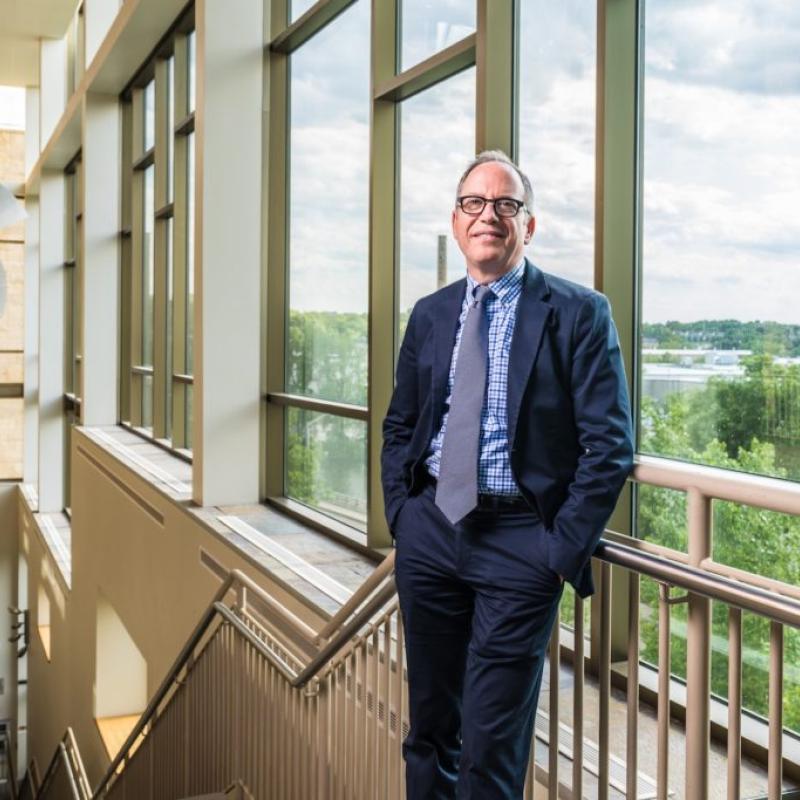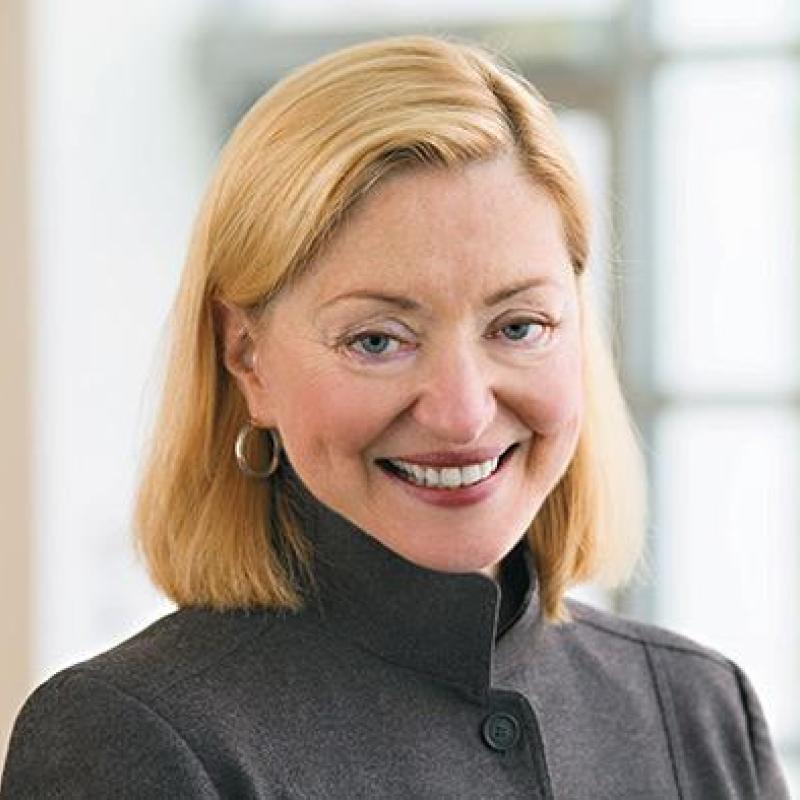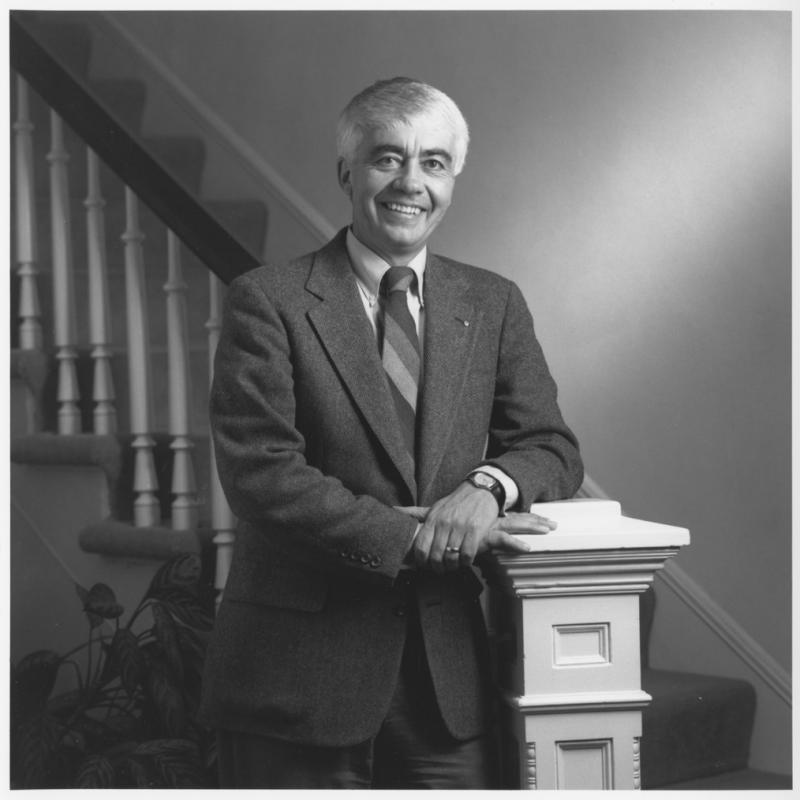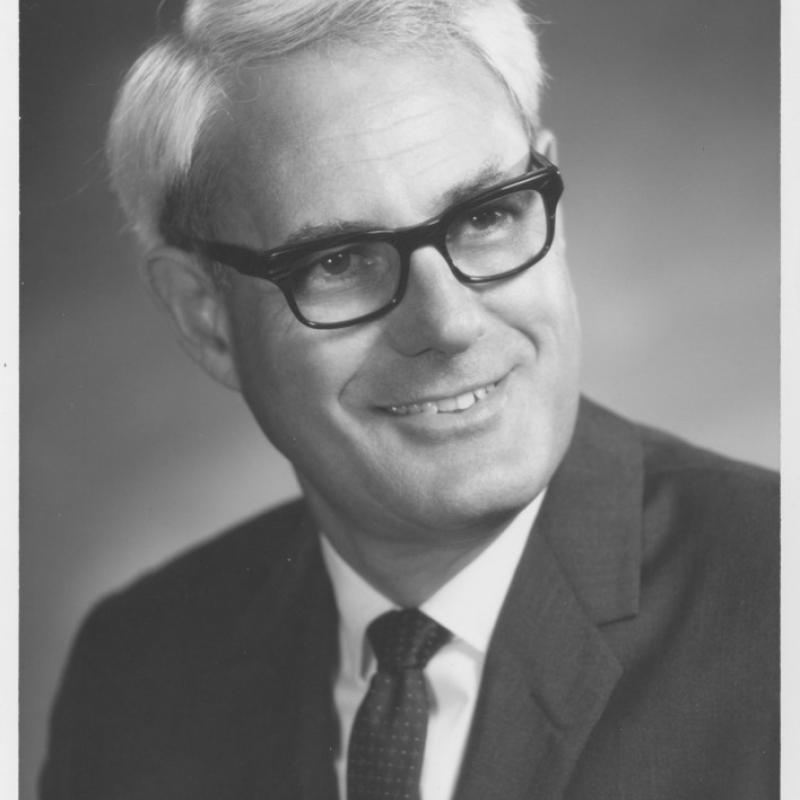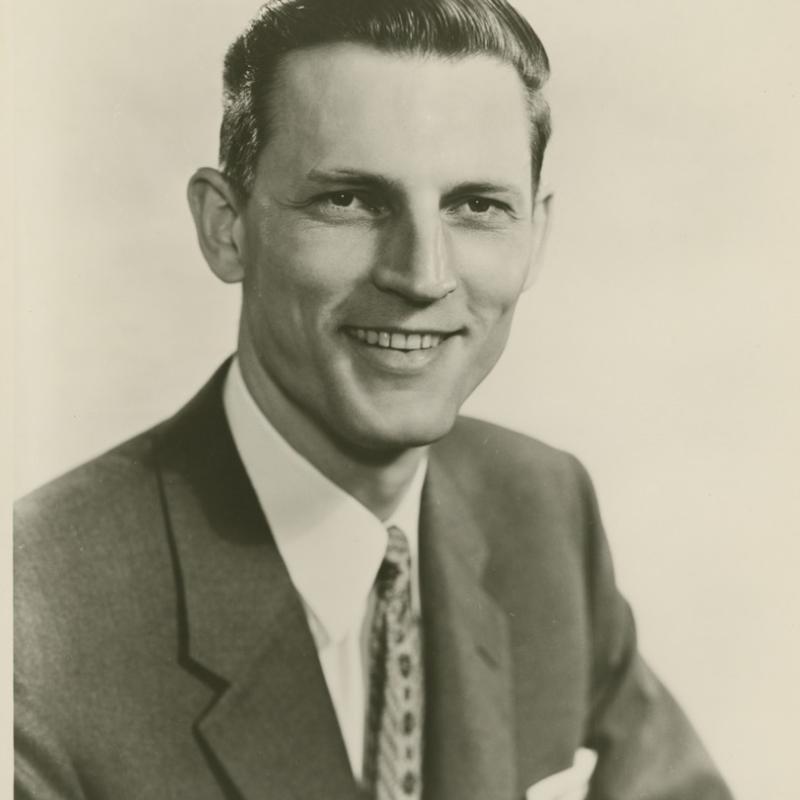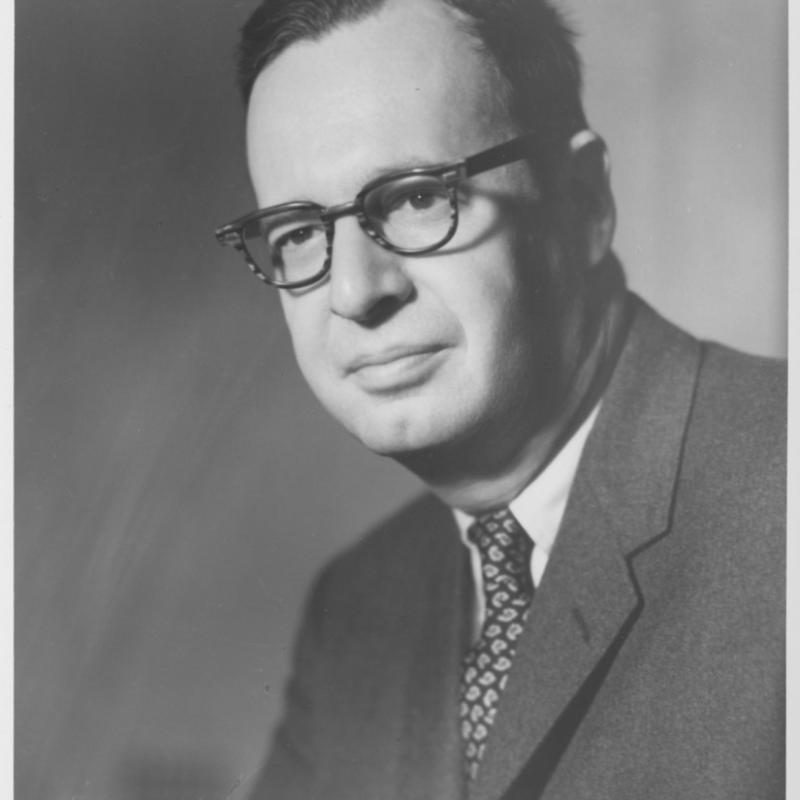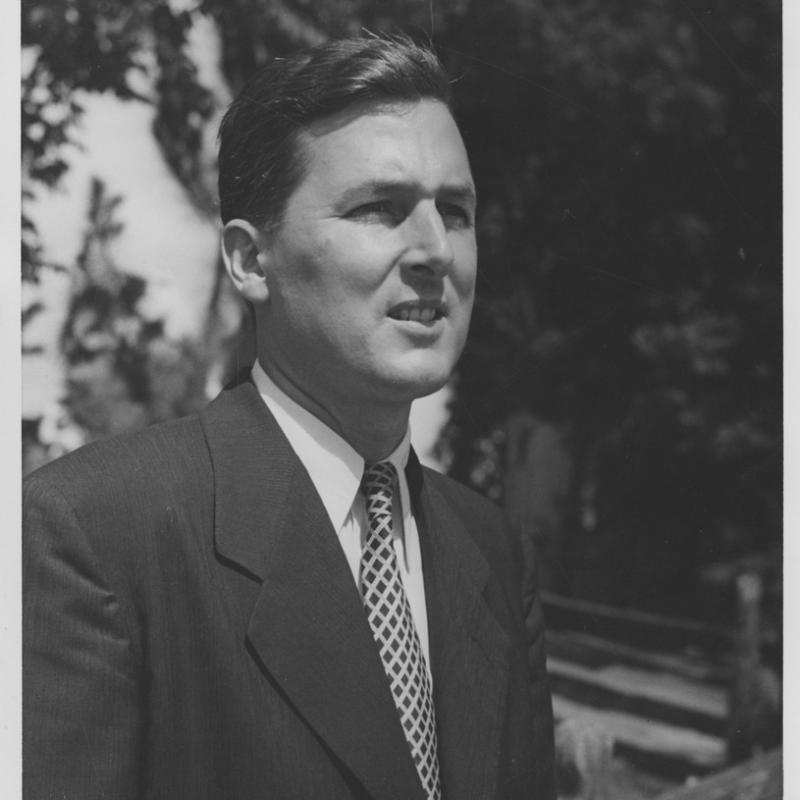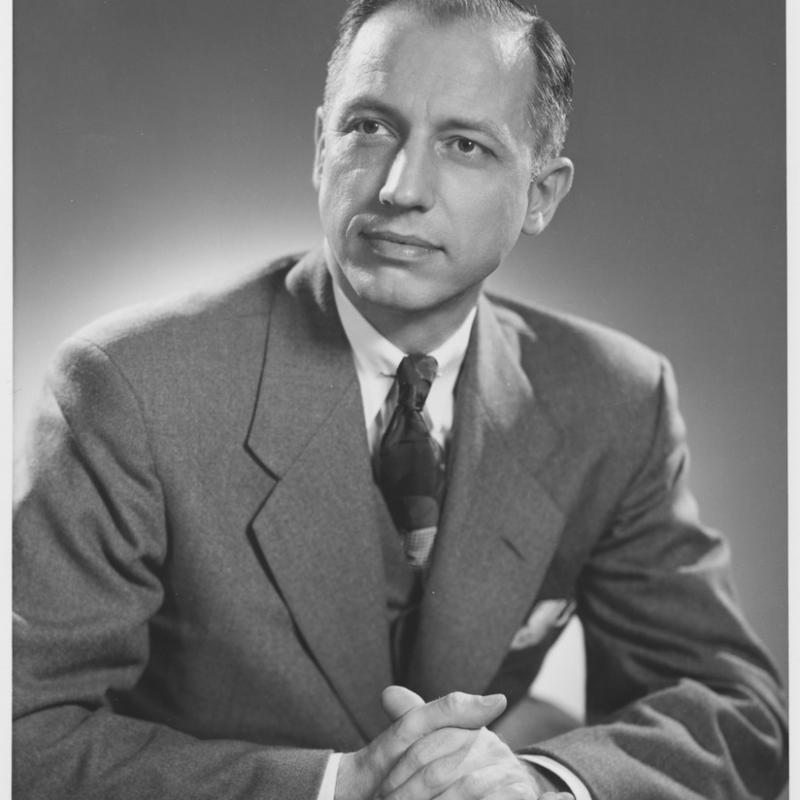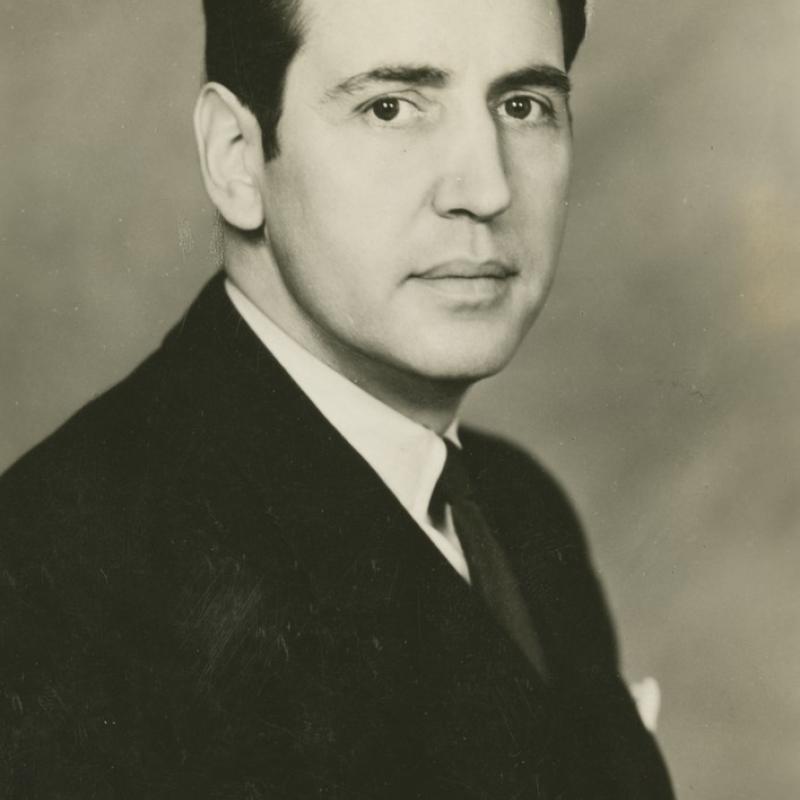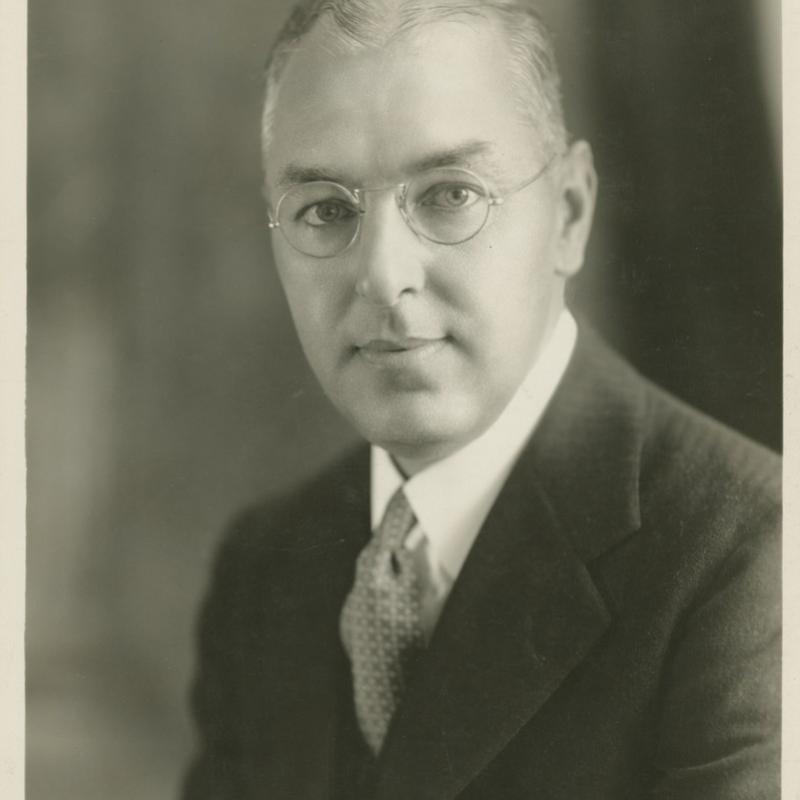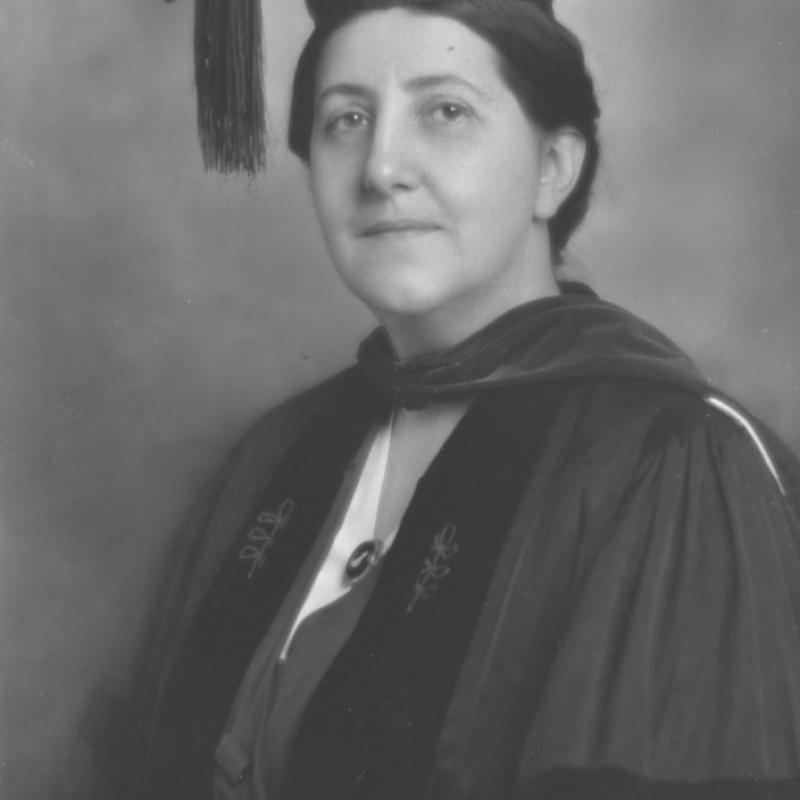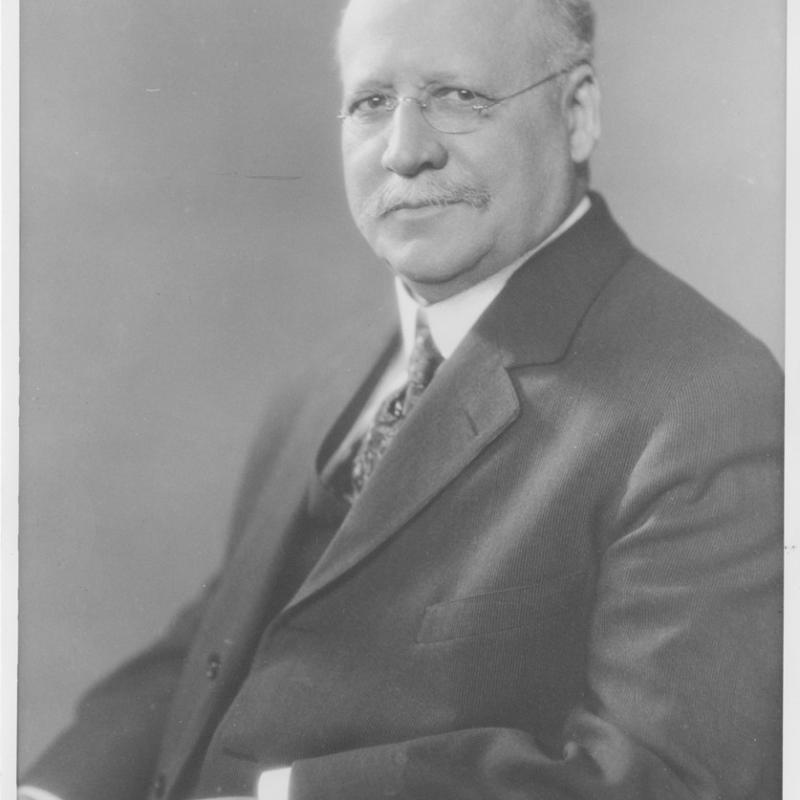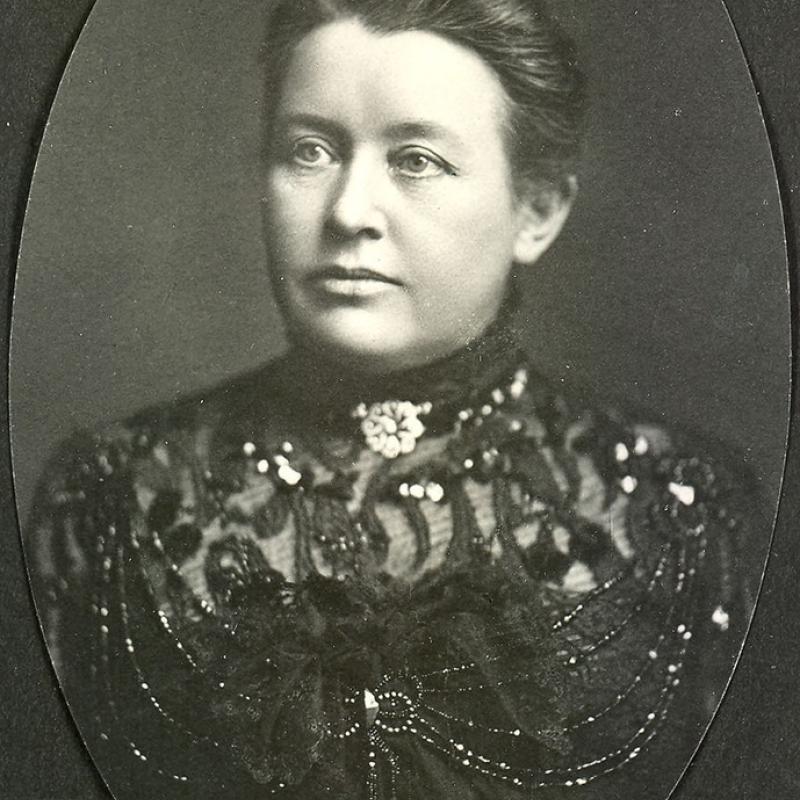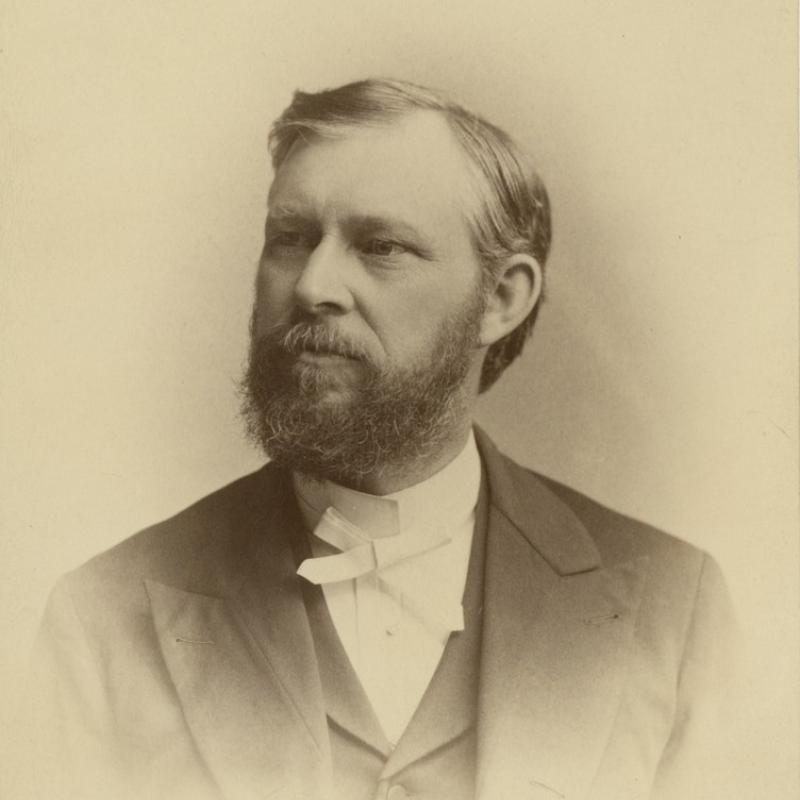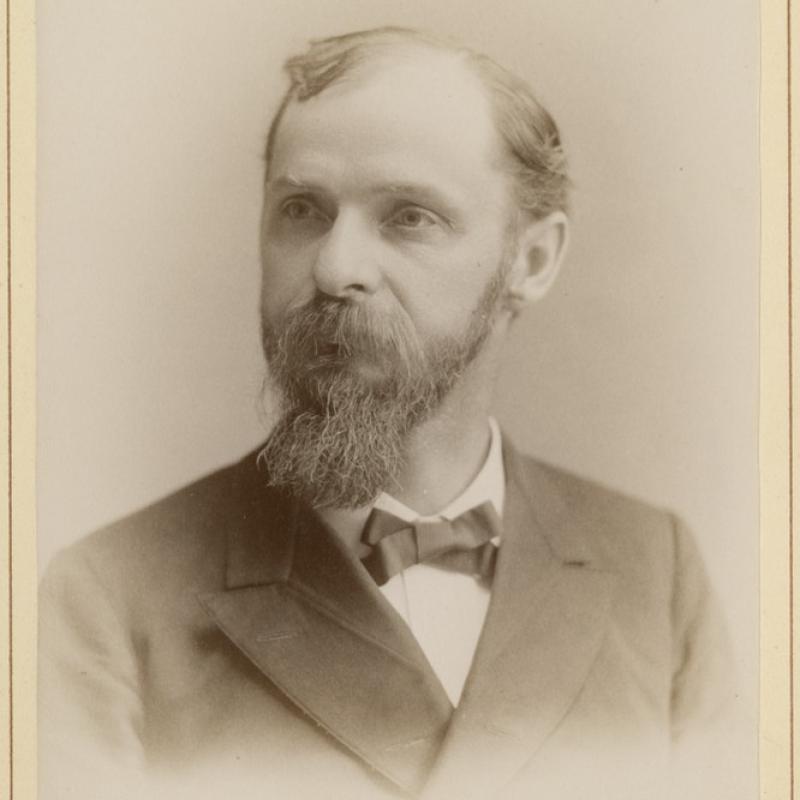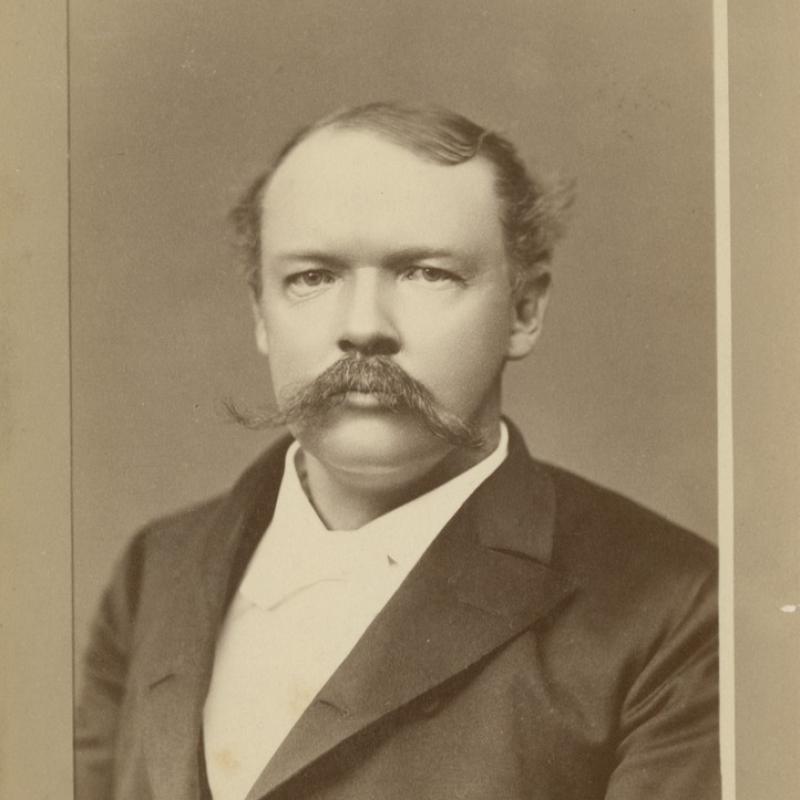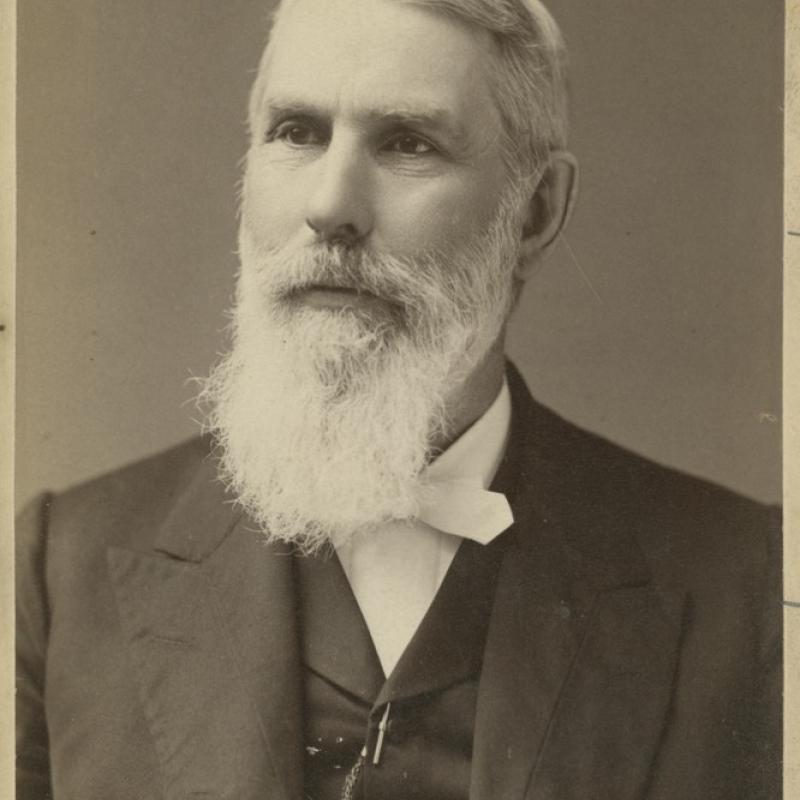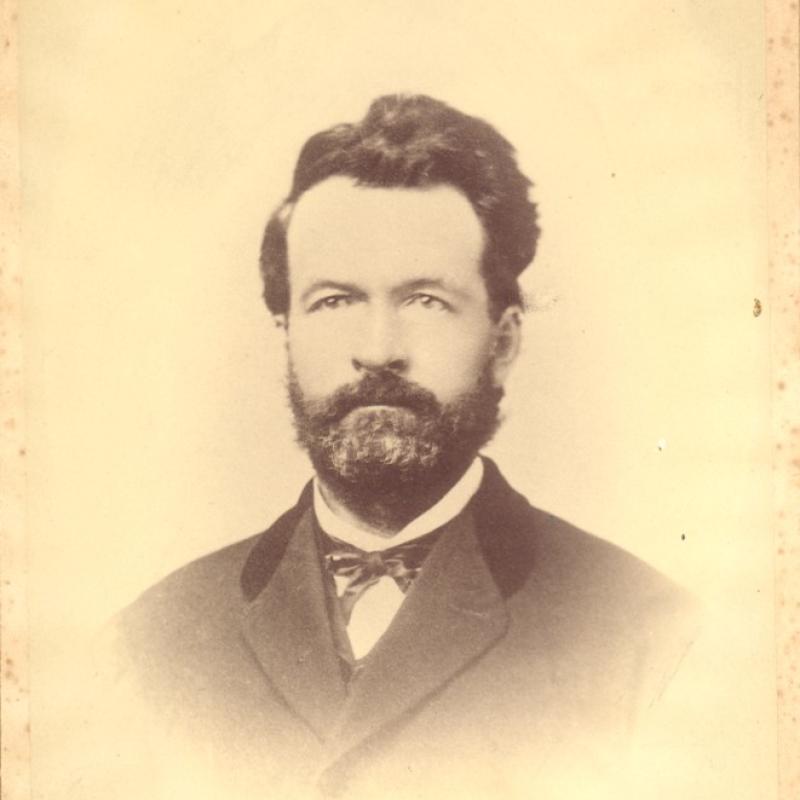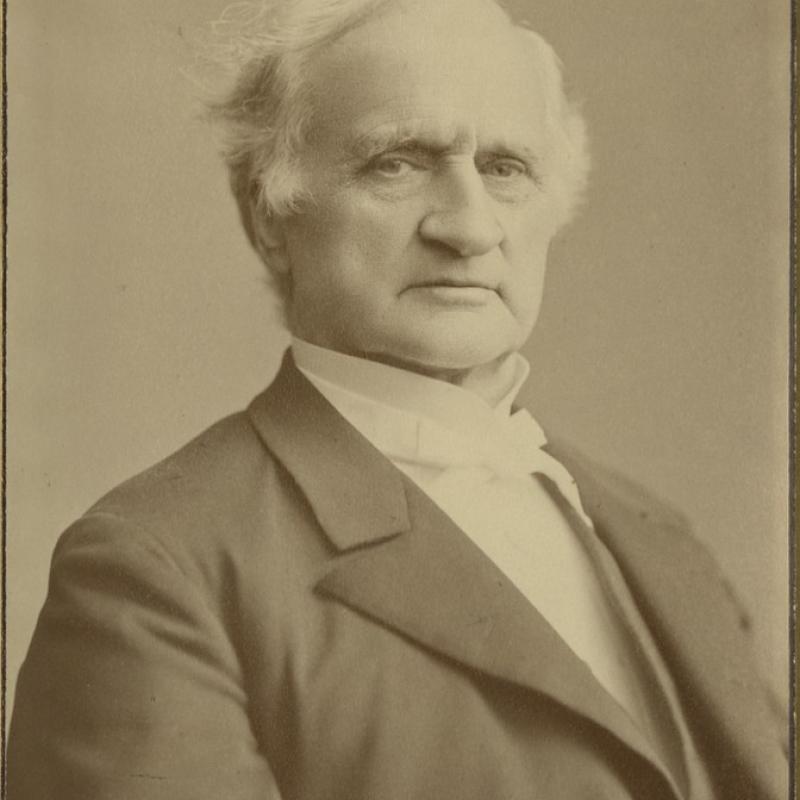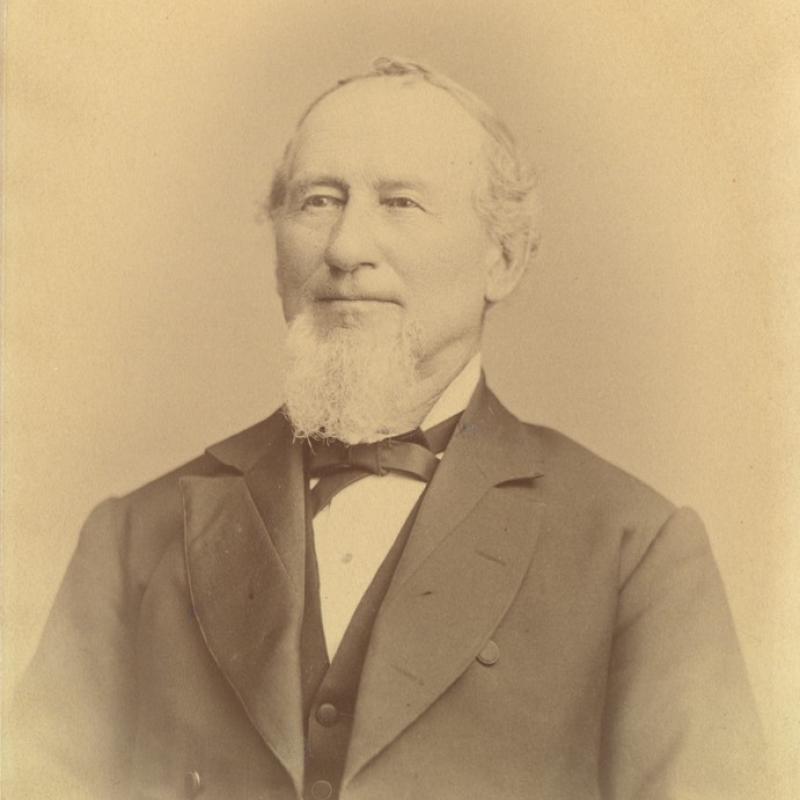Mark Burstein
(president of Lawrence University, 2013-2021)
Mark Burstein served as sixteenth president of Lawrence University from 2013 to 2021. He holds an MBA in finance from the Wharton School of the University of Pennsylvania and received a BA in history and independent studies from Vassar College. Under Burstein's leadership, Lawrence worked to significantly lower student loan debt for graduating students, making the university more affordable accessible to students, through the Full Speed to Full Need initiative; launched or enhanced curricular programs across disciplines; enhanced efforts to become a more diverse, equitable, and inclusive university; and stewarded the university's physical plan and financial resources, growing the university’s endowment by 100% during his tenure. This growth is due, in part, to the ambitious Be the Light! Campaign, which raised more than $232 million, making it the largest campaign in Lawrence’s history.
Jill Beck, Ph.D.
(president of Lawrence University, 2004-2013)
Jill Beck served as Lawrence’s fifteenth president from 2004 to 2013. She holds a B.A. from Clark University, an M.A. from McGill University, and a Ph.D. in theatre from the City University of New York. Beck launched the More Light! campaign in 2005, raising $160 million in gifts and pledges for the college’s endowment, capital projects, The Lawrence Fund, and new initiatives. The campaign allowed for the construction of the Warch Campus Center, which opened in 2009. Under Beck’s leadership, Lawrence implemented the Senior Experience program, engaging each graduating senior in a focused project demonstrating proficiency in the student’s field of study.
Richard Warch, B.D., Ph.D.
(1939-2013; president of Lawrence University, 1979-2004)
Richard “Rik” Warch was the second longest-serving president in Lawrence history. He received a B.A. from Williams College, a B.D. from Yale Divinity School, a Ph.D. in American Studies from Yale University, and is an ordained minister of the United Presbyterian Church. Warch first came to Lawrence as vice-president of academic affairs in 1977 and served in this position until he became president in 1979. During his presidency, Warch oversaw the construction of six campus buildings: Buchanan Kiewit Center, Shattuck Hall, Science (Steitz) Hall, Briggs Hall, Wriston Art Center, and Hiett Hall. He supported the development of Bjorklunden as an integral part of the Lawrence undergraduate experience. He was also known for his thoughtful writings such as his annual Matriculation Convocation addresses. Saturday, June 5, 2004, was deemed Richard Warch Day as a celebration of Warch’s many years of service to Lawrence University. The Richard and Margot Warch Campus Center is named in honor of Rik and his wife.
Thomas S. Smith, Ph.D.
(1921-2004; president of Lawrence University, 1969-1979)
Thomas Smith received his A.B. from Kenyon College and Ph.D. from Ohio State University. Prior to assuming the presidency of Lawrence, he served as provost of Ohio University at Athens, vice-president of academic affairs and professor of physics. The ten years, 1969-1979, during which Smith served as Lawrence's thirteenth president were marked by unrest and controversy in the nation as well as on campus. Smith met challenges that were facing many other liberal arts colleges at this time, including budget deficits, campus protests, and faculty resignations. He embarked on strategic and long-range planning for the college, opened the Seeley G. Mudd Library, renovated two dormitories, and planned for the renovation of Main Hall. After leaving Lawrence in 1979, Smith served as executive director of the Lakeshore Consortium in Support of the Arts. He passed away in 2004.
Curtis William Tarr, Ph.D.
(1924-2013; president of Lawrence University, 1963-1969)
Curtis Tarr came to Lawrence from Stanford University where he had served as a lecturer and assistant dean of humanities and science. He held an M.B.A. from Harvard University and a Ph.D. in American history from Stanford. Tarr had also served in the Army during World War II. Early in Tarr’s six-year presidency, he negotiated the agreement and shepherded the consolidation of Lawrence with Milwaukee-Downer College. Toward the end of his term of office, the university began to experience tensions associated with the Vietnam War and desire of students to be more involved in campus decision-making. As a result, the Lawrence University Community Council (LUCC) was created in 1968. President Tarr left Lawrence in 1969 to become an Assistant Secretary of the Air Force. Shortly thereafter he became the Director of the Selective Service System at a time when the draft was highly controversial. He passed away in June, 2013.
Douglas Maitland Knight, Ph.D., LL.D., Litt.D.
(1921-2005; president of Lawrence University, 1954-1963)
Douglas Maitland Knight was thirty-two years old when he became president of Lawrence College, the youngest president in Lawrence's history. Knight received three degrees from Yale: his A.B. in 1942, the M.A. in 1944, and the Ph.D. in 1946. He taught English at Yale for several years before becoming president of Lawrence. During Knight's nine-year tenure, the geographic diversity of the student body increased, the curriculum underwent extensive study, resulting in the addition of Sophomore Studies, Junior Departmental Readings, and a focus on the sciences and non-European studies, and several buildings were completed or planned, including Colman Hall, Plantz Hall, the Music-Drama Center, and the Samuel Appleton addition to the Carnegie Library. Knight left Lawrence to become president of Duke University in 1963. He passed away in 2005.
Nathan Marsh Pusey, Ph.D., LL.D., L.H.D.
(1907-2001; president of Lawrence University, 1944-1953)
Pusey earned A.B., M.A., and Ph.D. degrees from Harvard University. He served as sophomore tutor at Lawrence from 1935 to 1938 under the administration of Henry Wriston. After six years of teaching ancient history at Scripps College and Wesleyan University, Pusey returned to Lawrence as president. Pusey's tenure included the building of the Memorial Student Union and the Worcester Art Center (predecessor to the Wriston Art Center). His most lasting legacy, however, was his creation of Freshman Studies, the course that still introduces students to the concept of liberal learning today. While the list of works studied in the course has become more inclusive, there have been only a few modifications in course structure since Pusey introduced it in the fall of 1945. In 1953, Harvard University enticed Pusey away from Lawrence to become their twenty-fourth president. Pusey died in 2001 at age 94.
John B. Johnson, Jr.
(1912-1972; president of Milwaukee-Downer College, 1951-1964)
John B. Johnson, Jr. graduated from Williams College, received his Ph.D. from the University of Chicago, and taught at Park College in Missouri before being appointed president of Milwaukee-Downer. As president, he increased the number of men on the faculty and made efforts to boost declining enrollment. He worked with Curtis Tarr and other Lawrence and Milwaukee-Downer trustees and administrators to ensure a smooth transition and consolidation with Lawrence in 1963-1964. Following the consolidation, Johnson became provost at Old Dominion University and served in that position until his death in 1972.
Thomas Nichols Barrows, M.A., Litt.D., LL.D.
(1900-1962; president of Lawrence University, 1937-1943)
Thomas Barrows was dean of Lawrence College for two years before becoming its ninth president. Barrows received his A.B. from the University of California, an M.A. from Columbia University, and an LL.D. from Ripon College. During Barrows' seven years as president of Lawrence, the fraternity quadrangle was completed, pre-war enrollment increased by 10%, and relations improved with the surrounding community. Barrows also introduced a program of honors in independent study, still an important feature of Lawrence's curriculum. Thomas Barrows resigned due to ill health in 1943 and died in 1962.
Henry Merritt Wriston, Ph.D., LL.D.
(1889-1978; president of Lawrence University, 1925-1937)
When Henry Wriston arrived in Appleton as Lawrence's eighth president, he was just thirty-six years old. He had received his B.A. and M.A. from Wesleyan University in Connecticut and his Ph.D. from Harvard University in political science. Wriston spent his twelve years as president raising academic standards, revising the curriculum, expanding the library, and improving the quality of the faculty. As the first Lawrence president who was not a Methodist minister, he also weakened the church's influence in college affairs by removing the Board of Visitors from the university's Board of Trustees. Wriston tirelessly spoke and wrote about the importance of the liberal arts in developing student intellect. His book, The Nature of a Liberal College, published in 1937, is given to every Lawrence University graduate. Wriston left Lawrence in 1937 to become the President of Brown University and retired from that post in 1955. The Wriston Art Center is named in his honor.
Lucia Russell Briggs
(1887-1960; president of Milwaukee-Downer College, 1921-1951)
Lucia Briggs graduated from Radcliffe College and taught in institutions in Boston, New York, and Oak Park, IL before assuming the presidency at Milwaukee-Downer. Under her leadership, the college’s endowment quadrupled, the Sabin Science Hall and Chapman Memorial Library were built, and the college was granted its Phi Beta Kappa chapter. Briggs was the first woman to serve as president of the Association of American Colleges, and she was awarded an honorary degree from Lawrence in 1926. Briggs Hall, constructed on the Lawrence campus in 1997, is named for her.
Samuel G. Plantz, Ph.D., D.D., LL.D.
(1859-1924; president of Lawrence University, 1894-1924)
Like each of his predecessors, Samuel Plantz was a Methodist minister. He was also a Lawrence alumnus, class of 1880. After graduating from Lawrence, he received his Bachelor of Sacred Theology and the Ph.D. from the Theological School of Boston University. Plantz was president of Lawrence from 1894 until his death in 1924. During his tenure (the longest in Lawrence history), he succeeded in reversing the financial problems that had plagued the institution for decades. The number of students increased tenfold and seven new buildings were constructed, including the Chapel, the Carnegie Library, Brokaw Hall, and the original home for the Conservatory of Music, Peabody Hall. Per Plantz’s recommendation in 1908, the institution changed its name to Lawrence College. Plantz Hall, a student residence, is named for him.
Ellen Clara Sabin
(1850-1949; president of Downer College from 1890 to 1895 and Milwaukee-Downer College from 1895 to 1921)
Ellen Sabin attended the University of Wisconsin during the 1860s, worked as a teacher and then school principal in Madison, WI and in Oregon. She eventually became superintendent of schools in Portland, the first woman to hold this position in a large city. She assumed the presidency of Downer College for women in Fox Lake, WI in 1890, assisted in orchestrating the merger with Milwaukee Female College, and became president of the new Milwaukee-Downer College in 1895. During her tenure as president, Milwaukee-Downer established one of the first Occupational Therapy programs in the country, in 1918. The Ellen C. Sabin Science Hall on the Milwaukee-Downer campus and the student residence Sabin House at Lawrence were named in her honor.
Charles Wesley Gallagher, D.D.
(1846-1916; president of Lawrence University, 1889-1893)
Charles Wesley Gallagher graduated from Wesleyan University and served as a minister in Rhode Island before coming to Lawrence. In his history of Lawrence, A Great and Good Work, Charles Breunig describes Gallagher as “perhaps the least noteworthy of Lawrence’s nineteenth century presidents.” Financial troubles continued during his tenure. After leaving Lawrence, he held a number of other positions in Methodist institutions on the east coast.
Bradford Paul Raymond, Ph.D., D.D., LL.D.
(1846-1916; president of Lawrence University, 1883-1889)
Bradford Paul Raymond graduated from Lawrence in 1871 and earned a graduate degree from Boston University. As Lawrence president, Raymond struggled with the institution’s ongoing financial problems but succeeded in raising Lawrence’s endowment. He also devoted much attention to curricular matters, expanding the traditional Classical and Scientific Courses to include elective studies. After leaving Lawrence, he served as president of Wesleyan University for nineteen years. Raymond House is named for him.
Elias DeWitt Huntley, D.D., LL.D.
(1840-1909; president of Lawrence University, 1879-1883)
Elias DeWitt Huntley graduated from Genesee College in New York in 1866. He had served as presiding elder of the Madison district of the Wisconsin Conference prior to coming to Lawrence. He succeeded in improving the college’s financial situation, but he was generally disliked by the students as a strict disciplinarian. After leaving Lawrence, Huntley continued working as a pastor. His ministry included a stint as Chaplain of the U.S. Senate from 1883 to 1886.
George McKendree Steele, D.D., LL.D.
(1823-1902; president of Lawrence University, 1865-1879)
George McKendree Steele graduated from Wesleyan University in 1850, taught at Wesleyan Academy for three years, and worked as a Methodist minister in eastern Massachusetts for twelve years before assuming the presidency at Lawrence. Steele was highly praised as a teacher by Lawrence students and alumni. The later years of his presidency were colored by severe financial problems for the institution. After leaving Lawrence, he served as Principal of Wilbraham Academy for thirteen years and then as Assistant Principal at Lasell Academy for three years.
Russell Zelotes Mason, LL.D.
(1819-1907; president of Lawrence University, 1859-1865)
Russell Zelotes Mason was a Wesleyan University graduate and professor of mathematics and science before he was appointed president. He led Lawrence University during the difficult years of the Civil War. After resigning as president, he was involved in a variety of business pursuits and served on the Board of Trustees until 1880.
Edward Cooke, D.D.
(1812-1888; first president of Lawrence University, 1853-1859)
Edward Cooke graduated from Wesleyan University in 1838 and worked as a professor and minister in New England before coming to Wisconsin. As president, he led the establishment of the collegiate department as well as the building of Main Hall in 1853-1854. After leaving Lawrence, he went on to serve as the head of three other institutions: Wilbraham Academy, Claflin University, and the South Carolina Agricultural College.
William Harkness Sampson, M.A.
(1808-1902; principal of Lawrence University, 1849-1853)
William Harkness Sampson was the principal and primary financial agent of Lawrence University from the opening of classes in 1849 until 1853, during the time that the institution operated only as a preparatory school. He came to the Wisconsin Territory in 1842, where he worked as a Methodist minister. He was named Presiding Elder of the Green Bay Mission District in 1844. While serving in this position, he was approached by Amos Lawrence’s agents to assist with the founding of Lawrence Institute. Following his resignation as principal and agent in 1853, he served as a faculty member for several years longer and was a member of the Board of Trustees until 1884. Sampson House is named in his honor.
